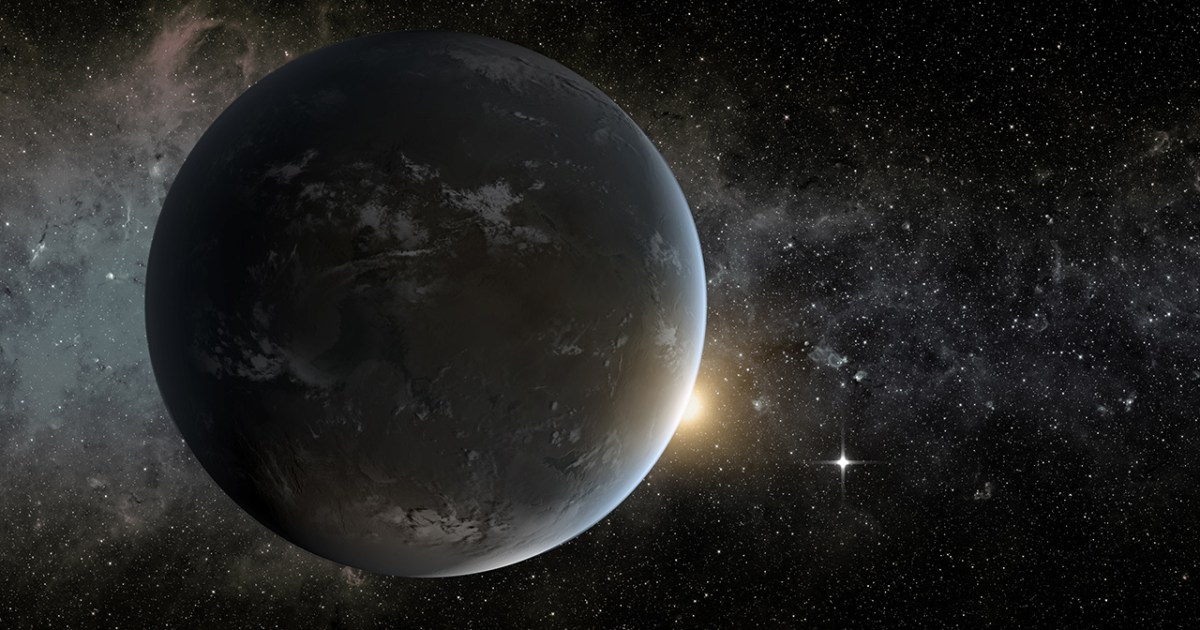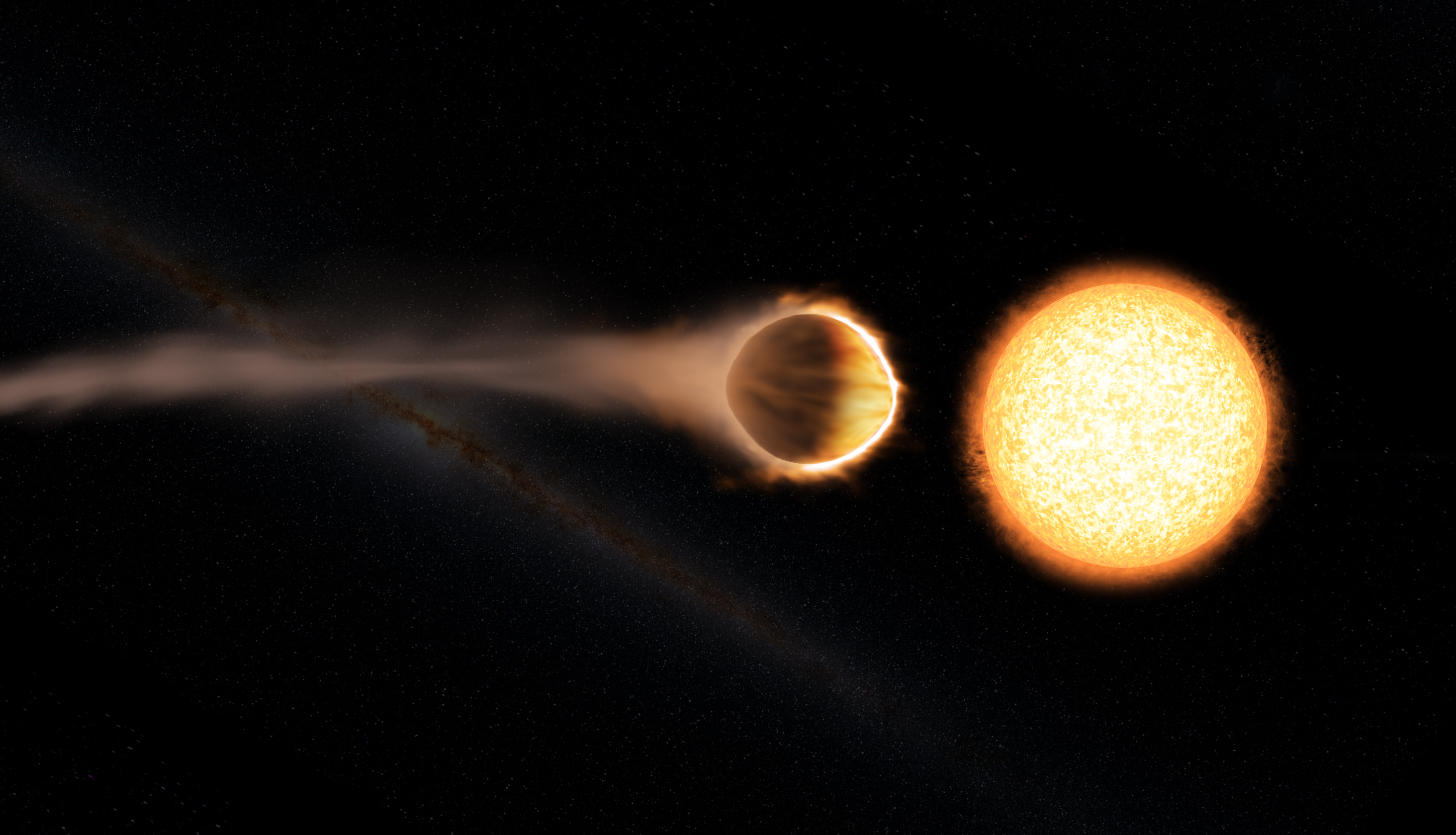
Astronomers have detected the most promising signs yet of a possible biosignature outside the solar system, although they remain cautious.

The planet, WASP-121b, is some 900 light-years away in the constellation Puppis. The team has now probed deep inside Tylos's atmosphere and revealed distinct winds in separate layers, forming a map of the atmosphere's 3D structure.

Data from 2023 soured hopes that a nearby exoplanet had a habitable atmosphere. That disappointment might have been premature.

For the first time, astronomers say that they have detected a possible atmosphere on a rocky exoplanet. This smaller rocky world, 55 Cancri e, is only 41 light-years from Earth. But unlike our planet it is extremely hot.

A world infamous for its hellacious conditions may have just been seen spotting one of the prettiest phenomena ever to grace Earth's own atmosphere.

A new study argues that our best chances of using atmospheres to find evidence of life is to broaden our search from focusing on planets like our own to include those with a hydrogen atmosphere.

Scientists directly observed the signal of iron and titanium atoms in the atmosphere of an exoplanet 600 light-years from Earth, a new paper reports.

A team of researchers, using Europe’s Very Large Telescope in Chile, has found an exoplanet, WASP-96b, with a cloud-free atmosphere, allowing them to detect sodium in levels similar to abundances on Earth.

WASP-107, the star around which WASP-107b orbits every six days, is so powerful that it is gradually dissolving the exoplanet’s atmosphere. As a result, WASP-107b leaves a comet-like trail of helium in its wake.

Scientists have discovered the strongest evidence to date for a stratosphere on a planet outside our solar system.